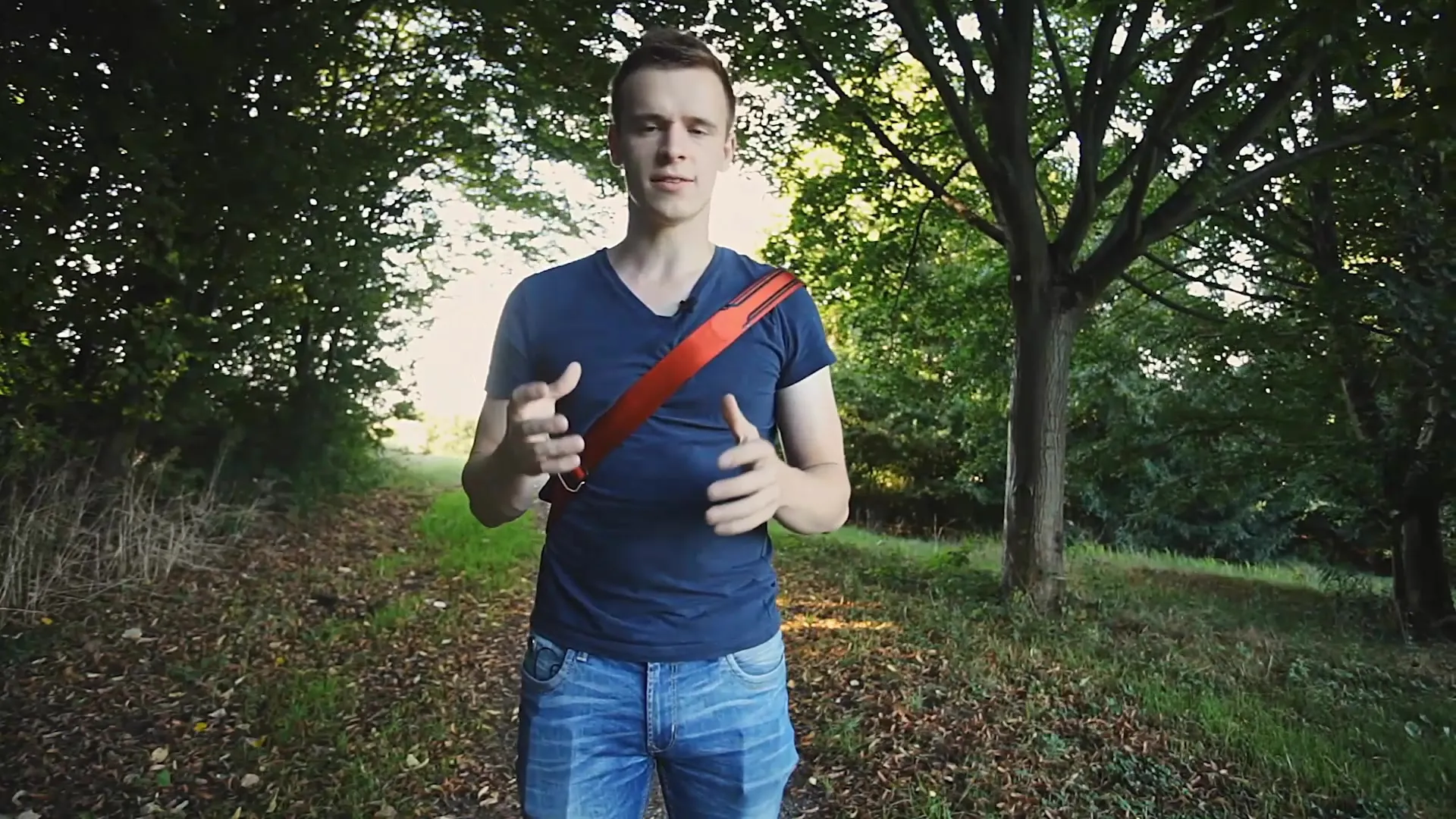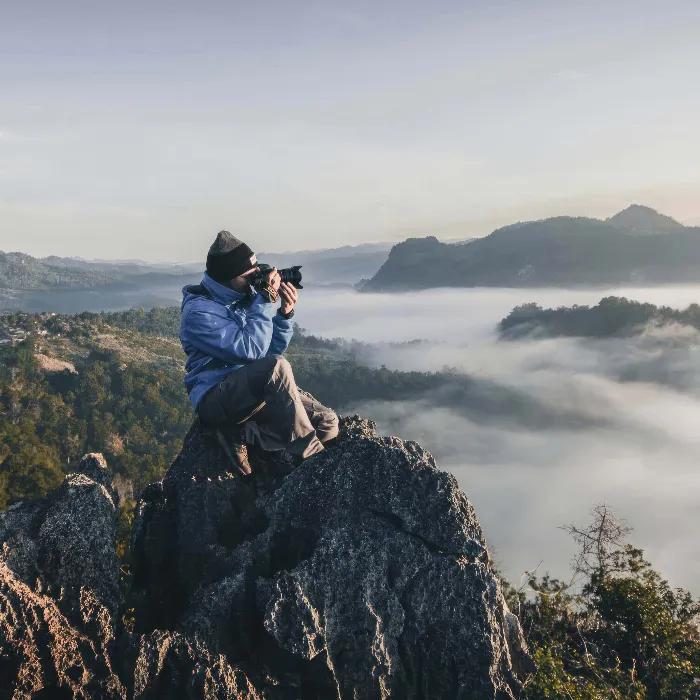The ability of a camera to capture and represent light has its limits. While your eye can detect fine details in both bright and dark areas, the camera quickly reaches its technical limits. This is where dynamics rangecomes into play, a crucial factor for your photography. In this guide, you will learn how to utilize the limitations of the camera's dynamic range to create impressive photos.
Key Insights
- The dynamic range describes the range of light that the camera can capture.
- Shooting in RAW format allows you to pull more light details in post-processing.
- HDR photography can optimize lighting conditions through multiple exposures.
- Waiting for the right moment, such as during a sunset, can counteract extreme light differences.
- Correctly exposing your main subject is more important than perfectly exposing the background.
Step-by-Step Guide
1. Basic Understanding of Dynamic Range
At the outset, it is important to understand dynamic range, as this is the key to recognizing how your camera perceives light. The camera has a limited dynamic range of about 10 to 14 stops, while the human eye can capture up to 20 stops. This difference can be problematic but also leads to creative opportunities.

2. Shooting in RAW Format
If you want to make the most of your camera's capabilities, you should shoot in RAW format . RAW files offer a significantly higher dynamic range than JPEG files, giving you more flexibility in post-processing. For example, you can darken overexposed skies or brighten overly dark foregrounds.
3. Applying HDR Technique
Another helpful approach is High Dynamic Range (HDR) photography. In this technique, you combine multiple exposures – one overexposed, one underexposed, and one correctly exposed shot. In post-processing, you can merge these images into a single image with a high dynamic range using software like Lightroom or Photoshop.
4. Waiting for the Perfect Moment
A simple but effective method of working with dynamic range is to wait for the right moment. During the golden hour, such as at sunset or sunrise, the light is softer and less intense. This reduces the light difference between your main subject and the background, resulting in balanced images.
5. Correctly Exposing the Main Subject
When photographing, you should always ensure that your main subject is correctly exposed. This may mean that the background is overexposed or underexposed – this is less important in this case. The main thing is that your main subject comes out optimally.
6. Utilizing Light Sources to Brighten
Another technique to balance dynamic range is the use of artificial light. Reflectors or flash units can be used to illuminate shadows on your main subject. However, you should be aware that using flash units in direct sunlight is not always effective, as they often do not have the necessary power to compete with the sun.
7. Practical Application of Light Sources
In a practical example, you can observe how the use of video lights can help illuminate the image. In a situation where the background is correctly exposed but the subject remains too dark, adding light from the front can help balance the image.
Summary – Learning to Photograph: The Secret of Dynamic Range
In summary, the dynamic range of the camera affects how your photos appear. By employing techniques such as shooting in RAW format, using HDR, and consciously choosing the timing for photography, you can effectively utilize your camera's limits. With these methods, you can create impressive images that harmoniously present both the foreground and the background.
FAQ
How is dynamic range defined in photography?The dynamic range describes the range of light levels that a camera can capture.
Why should I shoot in RAW format?RAW files provide better editing possibilities with a higher dynamic range than JPEG files.
What is HDR photography?HDR photography is the technique of combining multiple exposures to increase the dynamic range of an image.
Why is timing important in photography?Timing affects the lighting conditions and can help prevent extreme differences between bright and dark areas.
How can I correctly expose my main subject?Make sure to correctly expose the main subject, even if the background is under- or overexposed.


